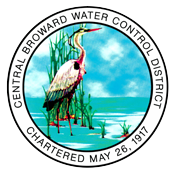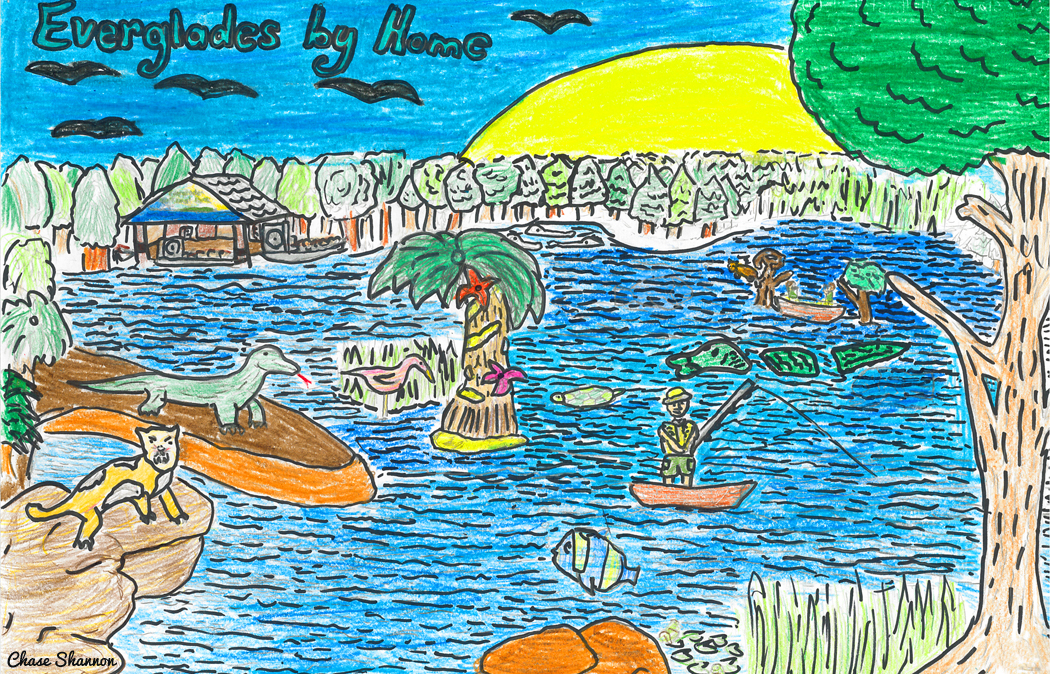Water, Water Everywhere! (Well, almost!)
What percentage of the Earth is covered by water?
Follow each of these steps to find out …
1) Add up all the values representing each of the letters in the word “WATER”
(A=1, B=2, C=3, D=4, etc.)
W = ___ + A = ___ + T = ___ + E = ___ + R = ___
TOTAL VALUE OF ALL LETTERS = ???
2) Now take the number that you got as the total from step 1, and add 4 to that number. This is the approximate percentage of the Earth’s surface that is covered by water.
ANSWERS BELOW
FACT: While such a large percentage of the Earth’s surface is covered by water, only a very small amount of it is fresh water. In fact, less than 2.4% of all surface water is fresh water, and of that 2.4%, 2% is held in polar ice! So, while it may appear as if our water resources are limitless, we can see that they are in fact quite precious …
__________________________________
POLLUTION—it’s a big word and a big problem…
Unfortunately, our water resources are all too often being threatened by pollution. Pollution can come from many different sources, including our yards, our cars and even our pets!!
NOW TRY THIS: See how many different words you can form by using the letters in the word “POLLUTION.”
How many different things can we each do to help prevent water pollution?
Feeling a bit MIXED UP about water pollution?
Maybe this will help…
Unscramble the underlined word(s) in each sentence to learn more about the different sources of pollution…
1) Runoff refers to water from niar (or swon in colder regions) that flows across the surface of the land. When it rains, various pollutants can be picked up by runoff and carried into waterways and waterbodies.
2) When a car isn’t properly maintained it can leak loi and other fluids onto highways, streets and parking lots.
3) Sometimes harts and trelit are carelessly tossed into waterways or left on the ground and can end up polluting our water bodies.
4) Some people apply ziltfreeir to their lawns to help the grass grow and remain healthy and ticepdises to get rid of unwanted insects and weeds (or pests). When these and other chemicals aren’t used carefully, they can end up polluting our water.
5) It is important to clean up after your dog because tpe satwe that is left on the ground can also be carried by runoff.
ANSWERS BELOW
__________________________________
{ANSWERS: W=23, A=1, T=20, E=5, R=18; TOTAL VALUE OF ALL LETTERS=67; 67+4=71
CORRECT ANSWER: 71%}
{ANSWERS: 1) RAIN, SNOW; 2) OIL; 3) TRASH, LITTER; 4) FERTILIZER, PESTICIDES; 5) PET WASTE}

